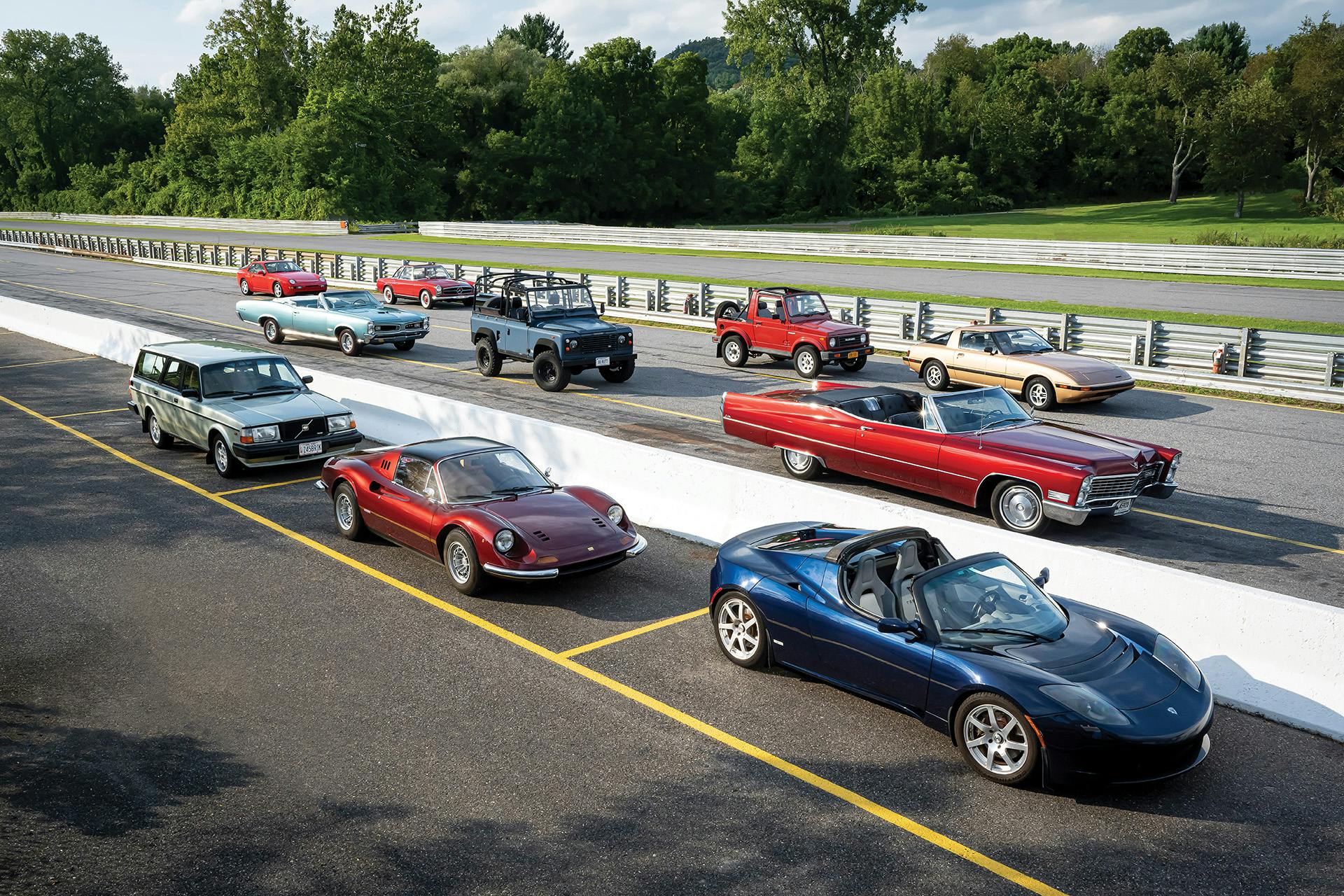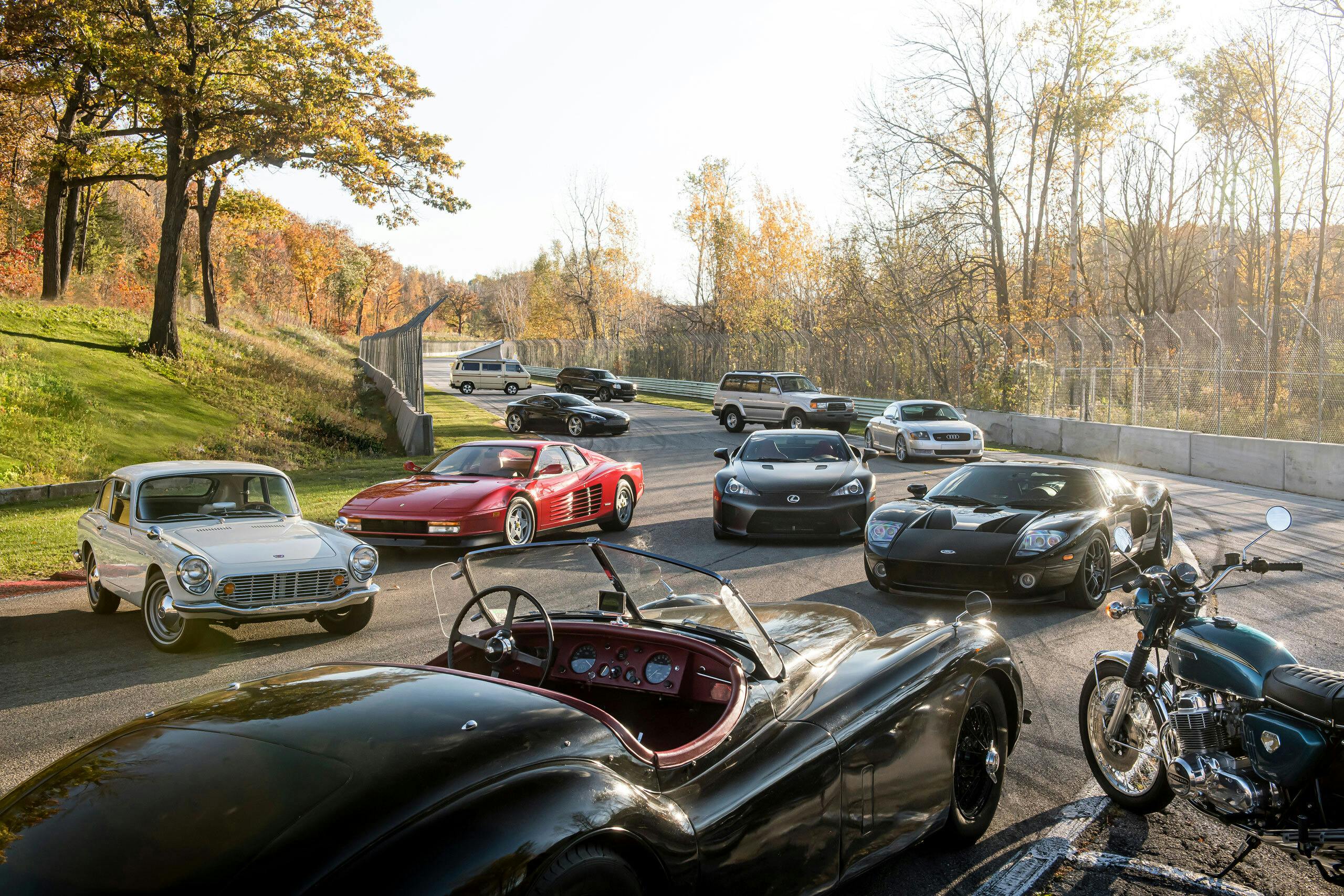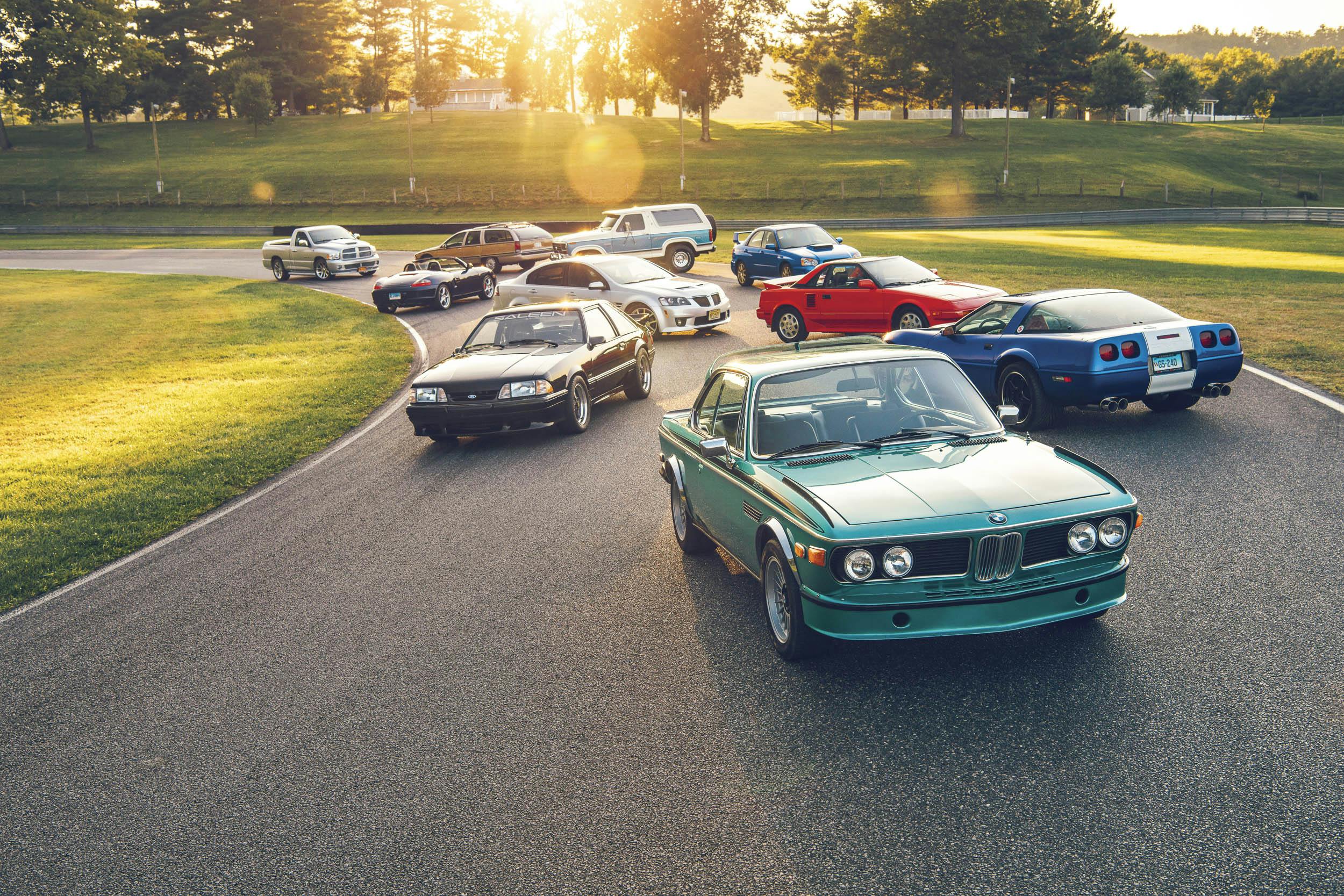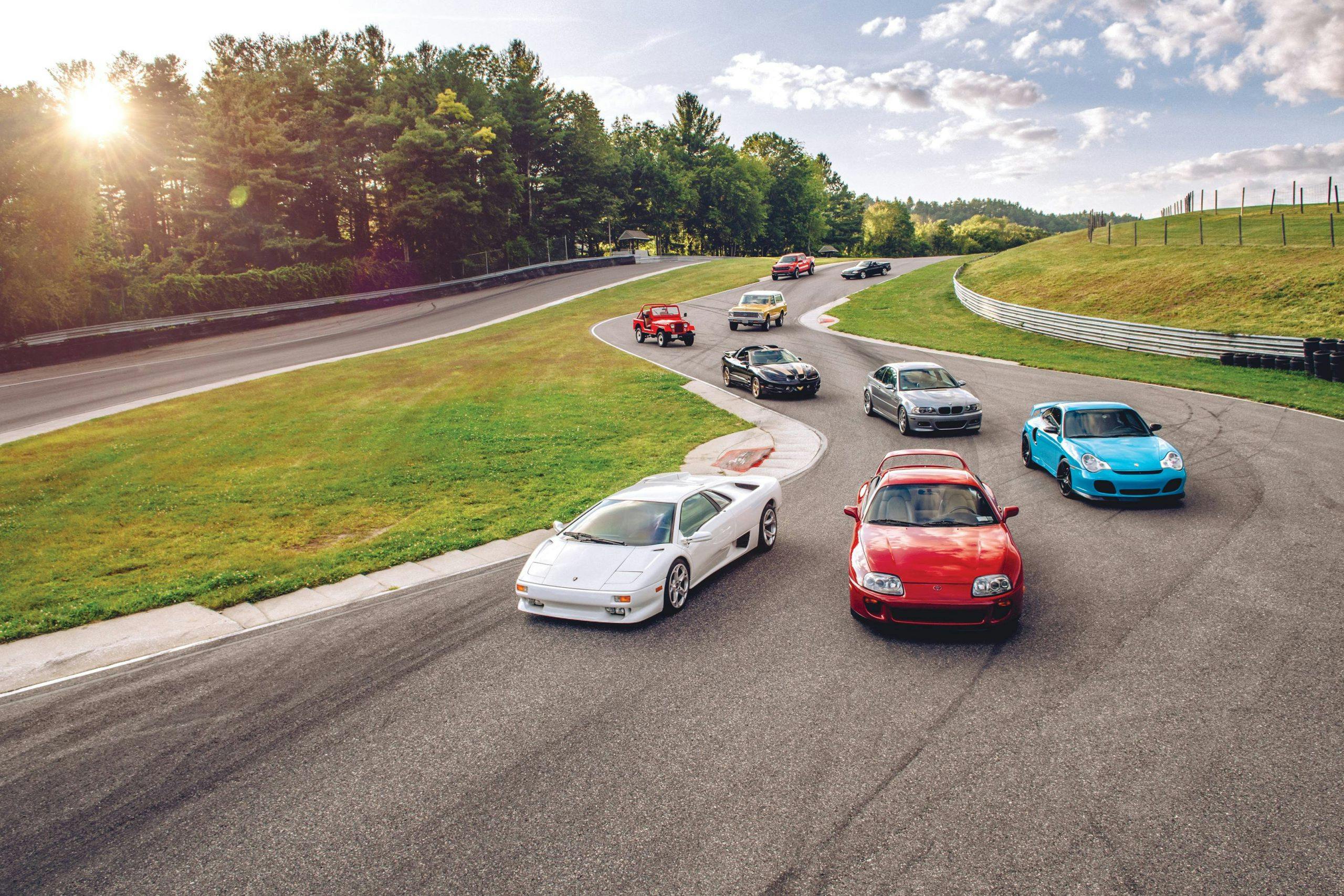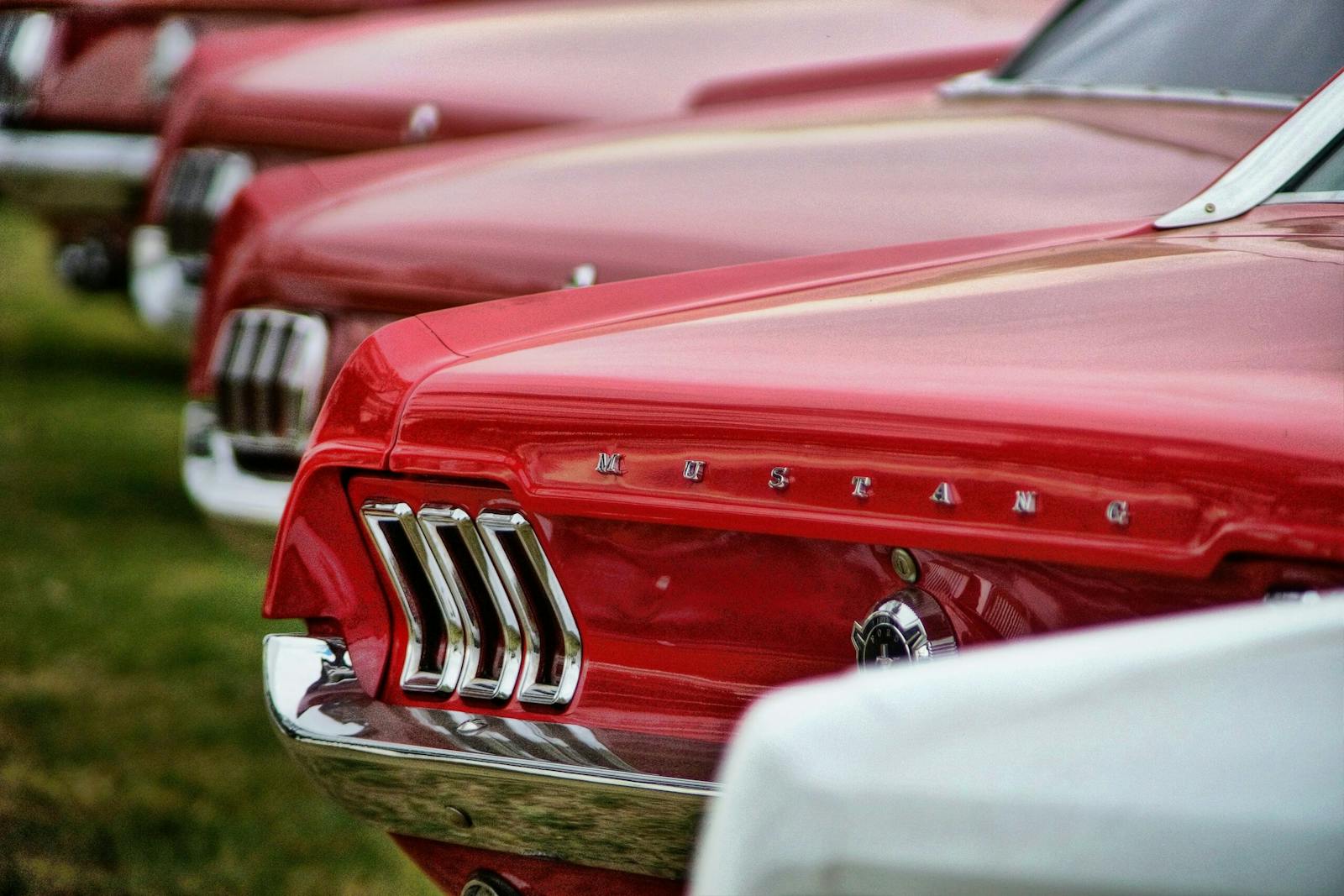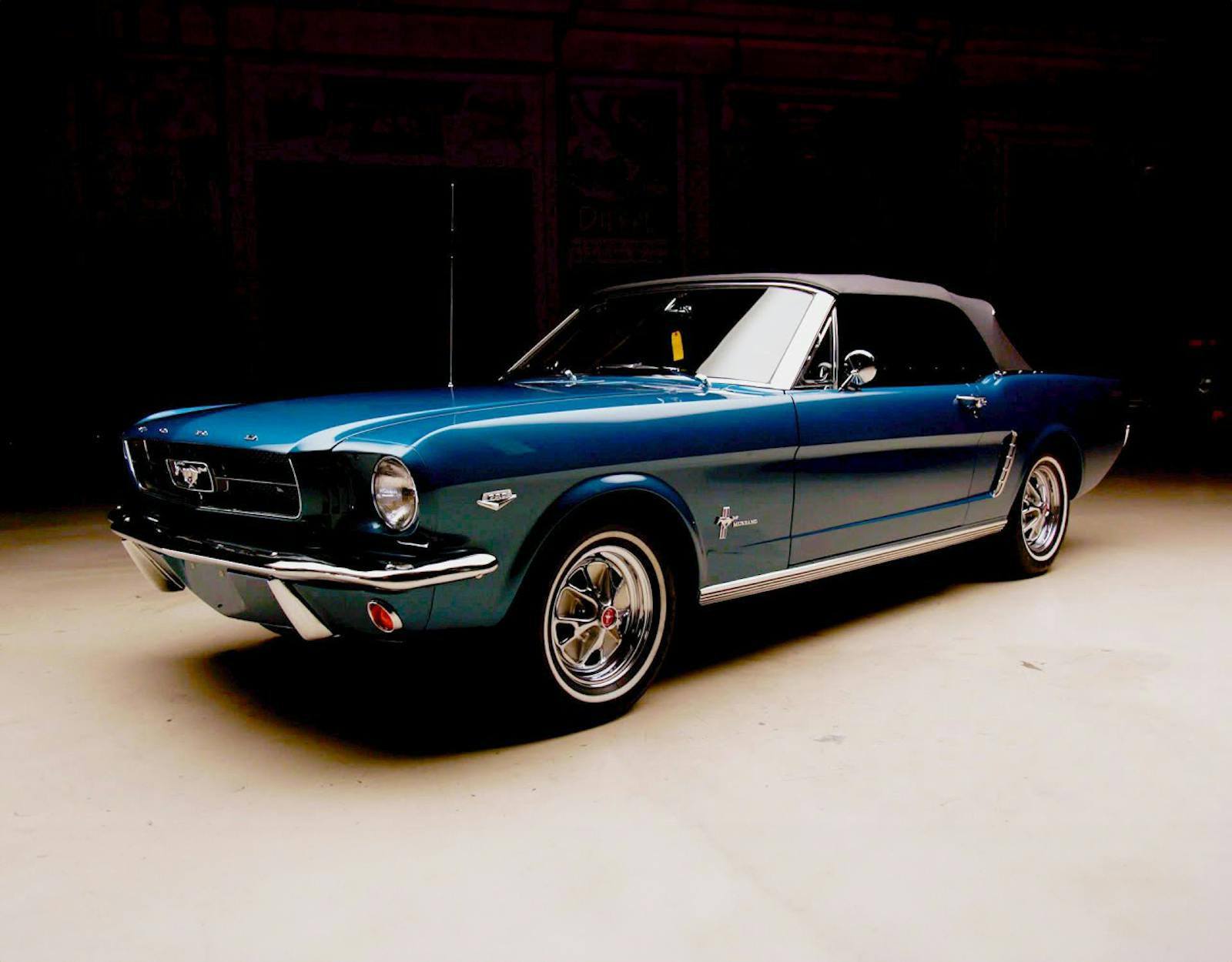Our past Bull Market Lists are bearing fruit—here’s how we pick ’em
Hagerty has produced five Bull Market lists since our first for 2018, a time when dedicated online auctions were just starting to pick up steam. Until Bring a Trailer came online, live auctions enjoyed a healthy six-year run-up in values between 2009 and 2015, a period that saw nearly 80 percent of the vehicles in the Hagerty Price Guide appreciate. It was only in 2015 when values began to soften and drift back down, making it tricky to identify vehicles likely to appreciate. Nowadays, with over 56 percent of the vehicles we track—or some 21,000 out of 37,000—up year-over-year compared to just 40 percent in January 2018, identifying vehicles that will out-appreciate faster than the the majority is our latest challenge.
So, how have our past Bull Market picks performed? Pretty well, as it turns out. (Here are the Lists for 2018, 2019, 2020, 2021, and the latest for 2022.)
Looking at our past predictions, the average annual return is 23.5 percent, and the median annualized return is 19.7 percent, with a whopping 83 percent of our Bull Market picks appreciating in the year following our predictions. Comparing the performance of the lists over the years shows the median annualized return is typically four times higher than the overall appreciation for the price guide.
So, how do we pick the vehicles on each edition of the Bull Market?
We start with the data and do our very best to be as objective as possible. What does that look like? Well, how about we start with what objectivity doesn’t look like.
Hagerty Bull Market Analyst 1: I saw this great-looking 1957 Fabugarster XP-1A roadster the other day! When’s the last time you saw one of those? They’re going up in value!
Hagerty Bull Market Analyst 2: Did you see how much that mint low-mile 1984 Econa MPG-champ hatchback sold for on Blockchain Bid? They’re going up in value!
Hagerty Bull Market Analyst 3: My buddy told me he sold a 1965 KMD Fextulator GT 425 for way more than he’s ever sold one before. Those ’65 KMD Fextulators are going up!
Yikes. Instead, we pull from a number of data sources to get the best possible picture without dipping into personal opinion.
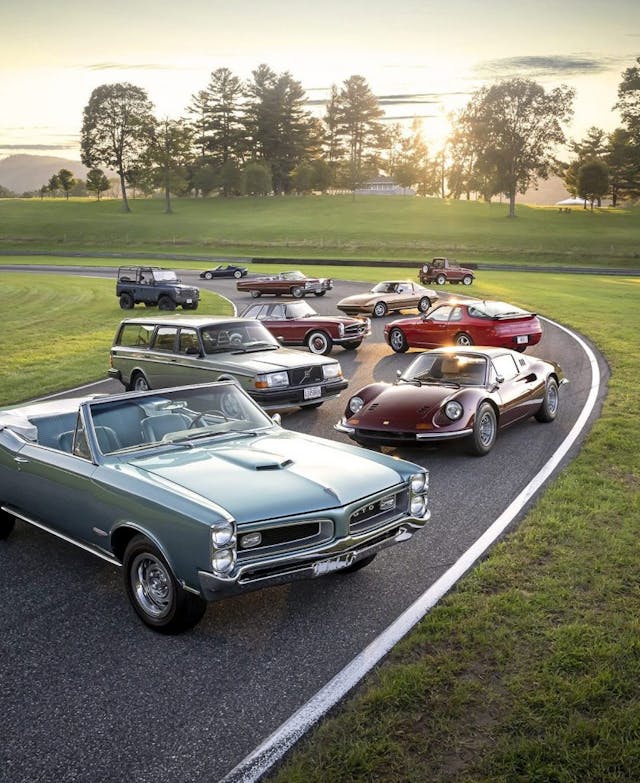
Values
First, we look at Hagerty Price Guide values. More specifically, we look for increased appreciation from low levels, the rumblings of a forthcoming price spike, and similar/adjacent vehicles that have already begun to appreciate. Basically, we’re looking for hidden gems that the market likely overlooked.
Policy quotes
Hagerty sells collector car insurance. When people get a quote for a policy premium, we can use that information to gauge the demand for a particular vehicle. Is that demand up from last year? Who’s quoting it? Is that group of buyers associated with vehicles that have appreciated in the past? If so, we keep an eye on those that might see a price bump.

Traffic to our online valuation tools
With valuation tool pages for thousands of vehicles, we can see which vehicles are increasingly researched by enthusiasts. Traffic data is similar to policy quote data, but more focused on prospective values rather than actual quotes.
Policy counts
This is similar to policy quotes, but in this case, we can see what owners actually acquired. Were they just looking or did they sign a check? This can be helpful to verify trends we see with the policy quotes.
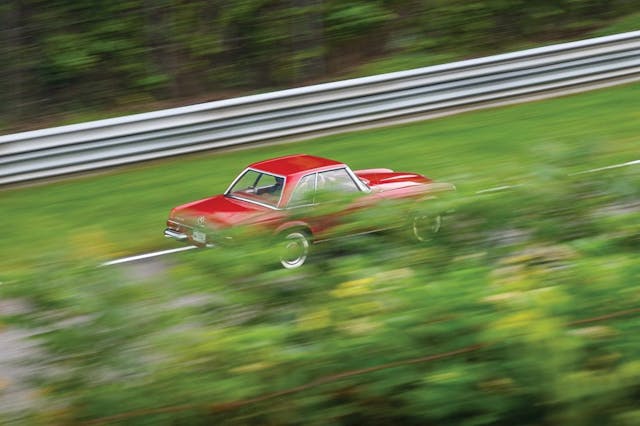
Import/Export data
Due to some cars that might not have been sold here when new, domestic demand of vehicles past the 25-year mark can reveal the potential for appreciation. Conversely, due to constantly shifting global tastes, the USDM supply of some vehicle here that’s in-demand abroad might also expose potential appreciation.
Once we’ve compiled these different sources of data, we'll prepare a list of 5 to 10 vehicles per analyst, and then meet to discuss which cars are plausible candidates. Sometimes, the sample of policy quotes or physical exports is too small to be reliable; or, we may decide the seemingly ironclad data correlates to an unlikely vehicle.
This is where our perspectives as enthusiasts comes into play. Was the car poorly regarded when new, and has that sentiment changed since? Is there a prevailing preference towards a particular type of transmission—or engine cooling solution—and could change? What is changing in the market or enthusiast tastes that will lead to faster appreciation soon? So, our understanding of the market helps, but our personal preferences do not.
There you go. That's how the Bull Market sausage is made. We scour oodles of data, we gather what’s plausible, and make some hard-nose decisions. We’ve done pretty well so far, and we’re keeping score. You should too.

